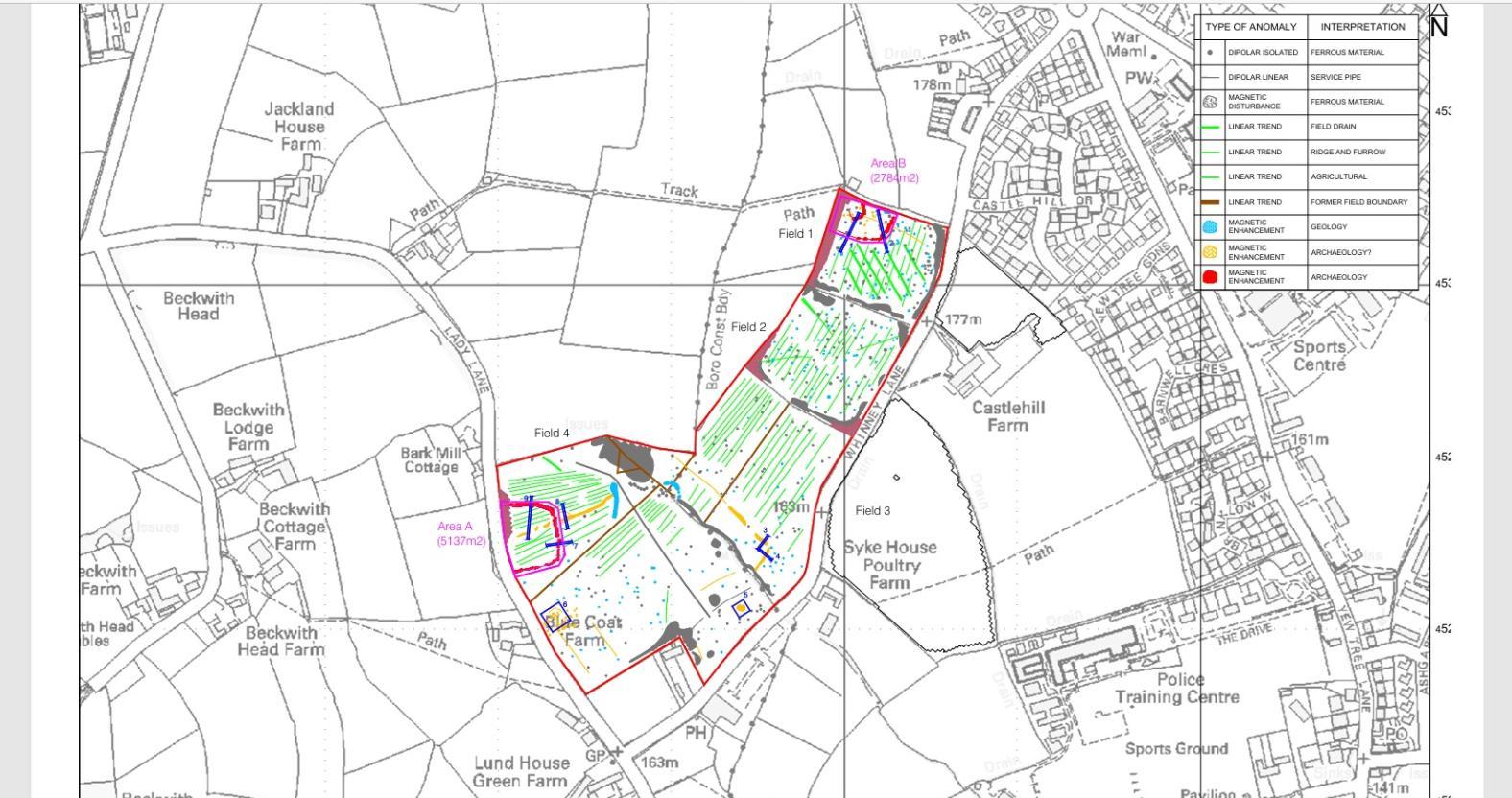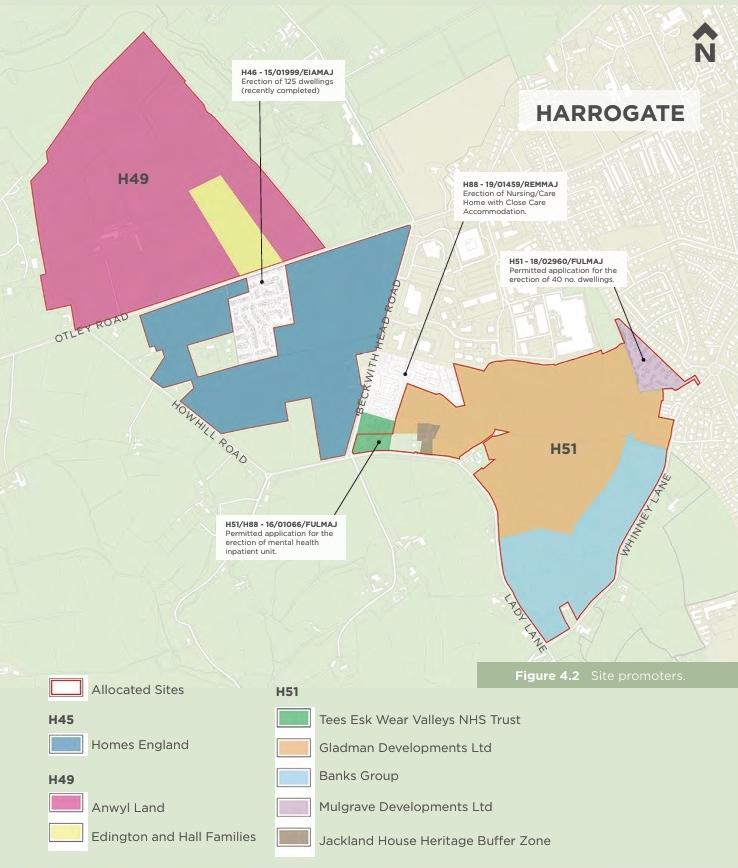Thank you for your interest in this story
To continue reading this article, subscribe to the Stray Ferret for as little as £1 a week
Already a subscriber? Log in here.
11
Feb
Archaeologists investigate signs of Iron Age village on edge of Harrogate

Housebuilders are believed to have discovered the remains of an ancient Iron Age settlement on the edge of Harrogate.
The site, at Castle Hill off Whinney Lane, is one of several earmarked for housing developments on the south-west fringe of the town.
A spokesperson for Durham-based developer Banks Group, which owns the site, confirmed that experts were on site. They said:
We are in the process of doing an archaeological dig at the north end and south end of the site.
We’ve got a few weeks to go yet, though, and once it’s been completed there’ll be a report on the findings, and then the site will be reinstated.
In a report for Banks Group prepared in October 2024, Morley-based Archaeological Services WYAS (ASWYAS) deemed that “the archaeological potential of the site is considered to be high in the north and southwest”.
It is not known what exactly has been found or whether the archaeological dig is delaying progress on the development’s groundworks.
Banks Group has applied for planning permission to build 224 homes and a primary school on the site, which is the largest of three allocated for housing around the ‘western arc’ of Harrogate.
Castle Hill is at the same altitude as Harlow Hill, making it one of the highest points for miles around.
According to the West Harrogate Parameters Plan document prepared in 2022 for the developers and the council, the site is “visible from a number of viewpoints outside of the town” and has "distant panoramic views to the south extending to the west and north”.

The development site owned by Banks Group is coloured pale blue. Image: CSA Environmental.
Iron Age tribes often chose to build settlements at high vantage points as they were easier to defend.
The Iron Age in Britain began around 750BC with the introduction from southern Europe of iron-working techniques, and lasted until the Romans invaded in AD43.
At that time, the population of what we now know as England were Britons – also referred to as Brythonic Celts – whose best-known descendants today are the Welsh. The area now called Yorkshire was controlled by the Brigantes, the largest Brythonic tribe in pre-Roman Britain.
A report for Banks Group prepared in October 2024 by Morley-based Archaeological Services WYAS (ASWYAS), notes that Castle Hill is also “where tradition says Pendragon encamped with his army”.
Uther Pendragon is celebrated in early Welsh poems as a legendary king of the Britons during the post-Roman age, who defended his realm against the Saxons and is known as the father of King Arthur.
Other Iron Age remains have been found at North Stainley, Scotton Bank, Knaresborough and Marton-cum-Grafton.
Finds of international importance have also been uncovered further afield at Pocklington, at Stanwick Camp near Richmond, and at several sites in East Yorkshire.
0